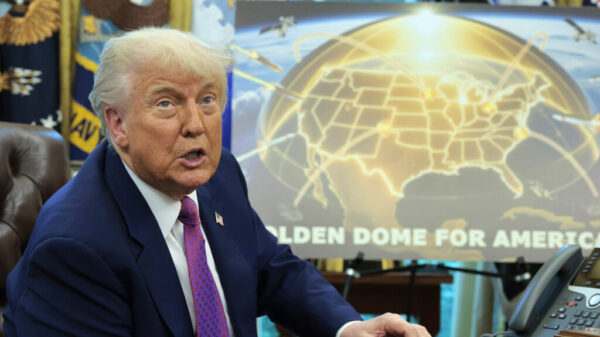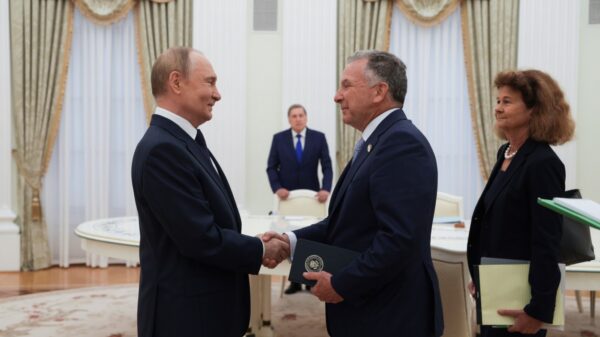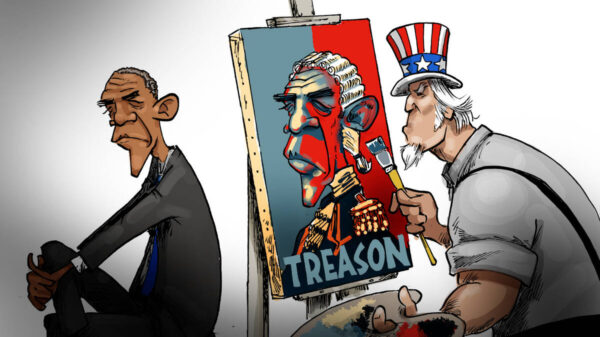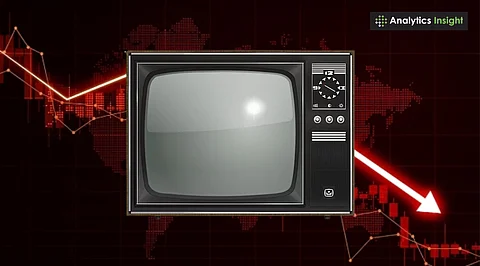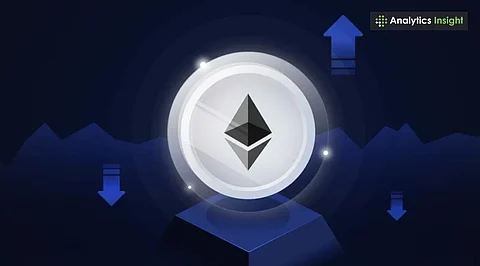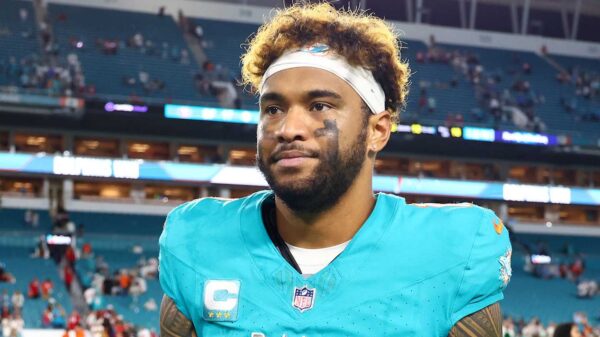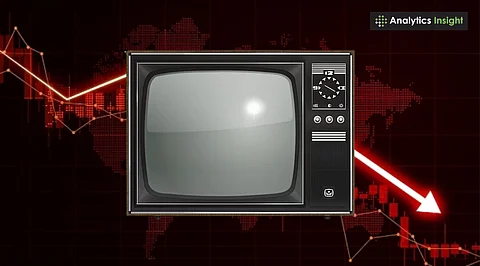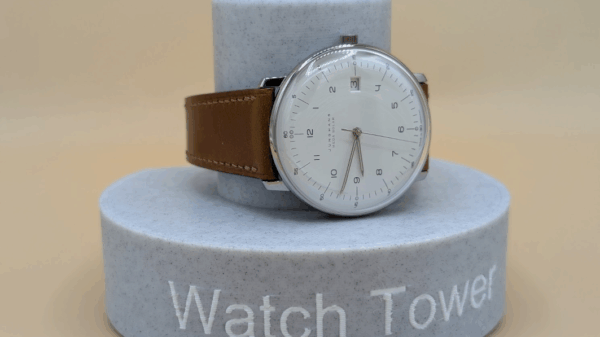Investor sentiment in India took a hit on August 8, 2025, as escalating trade tensions between the United States and India led to significant declines in the stock market. The Nifty 50 index fell by 168 points, closing at 24,427.95, while the Sensex dropped 535 points to 80,087.67. This marked a continuation of the market’s downward trend, reflecting concerns surrounding President Donald Trump‘s recent announcement of a 25% tariff on Indian exports, raising the total tariff rate to 50%.
Broad-based sectoral declines characterized the trading session, with major sectors such as banking, IT, textiles, and seafood exports experiencing significant selling pressure. The Nifty Bank index fell by 411.45 points or 0.74% to 55,109.70, while the Nifty IT index decreased by 246.30 points or 0.71% to 34,480.50. The BSE SmallCap index also saw a loss of 146.65 points or 0.28%, closing at 51,989.68.
Despite the overall market downturn, a few stocks managed to post gains. Notably, NTPC rose by 2.09% to Rs. 336.65, Titan Company increased by 1.53% to Rs. 3,468, and Trent climbed 1.04% to close at Rs. 5,358.50. Other small gains were seen in HDFC Life and Tata Consumer Products, which rose 0.67% and 0.49%, respectively.
Trade tensions remain a significant factor influencing the market’s performance. Following President Trump’s tariff announcement, investors expressed growing uncertainty regarding the impact on export-driven sectors, particularly textiles and seafood. Companies like Avanti Feeds and others in the seafood export sector saw sharp declines, with Avanti Feeds plummeting 4% and Apex Frozen Foods dropping nearly 3%. Textile companies, including Gokaldas Exports and KPR Mill, faced losses ranging from 0.7% to 3%.
The corporate earnings season is also contributing to market sentiment, with mixed results reported. Kalpataru Projects International posted impressive figures, with profits soaring 154.4% to Rs. 213.6 crore and revenues climbing 34.5% to Rs. 6,171.2 crore. In contrast, Crompton Greaves Consumer Electricals reported a 19.4% decline in profits, raising concerns about consumer demand in the sector.
Institutional activity played a crucial role in the market dynamics, with foreign institutional investors (FIIs) continuing a selling trend, recording outflows of Rs. 4,997.19 crore on August 7. Domestic institutional investors (DIIs) countered this trend with substantial inflows of Rs. 10,864.04 crore, providing some support against deeper losses.
Looking ahead, the Nifty 50 faces a critical juncture. To avoid a sixth consecutive weekly loss—a pattern not seen since early 2020—the index must close above 24,565. The outlook remains uncertain as the interplay of trade tensions, corporate earnings, and institutional flows continue to shape market sentiment.
The Indian rupee traded flat at 87.68 per dollar, showing resilience despite the pressures in the equity market. Investors are advised to adopt a cautious approach, focusing on fundamentally strong, domestically oriented companies while awaiting clearer signals regarding trade negotiations and corporate performance.
The situation underscores the complexities of the current market environment, where global trade dynamics and local earnings reports are mutually influential. As developments unfold, market participants will closely monitor trade negotiations and their potential impacts on the Indian economy.











